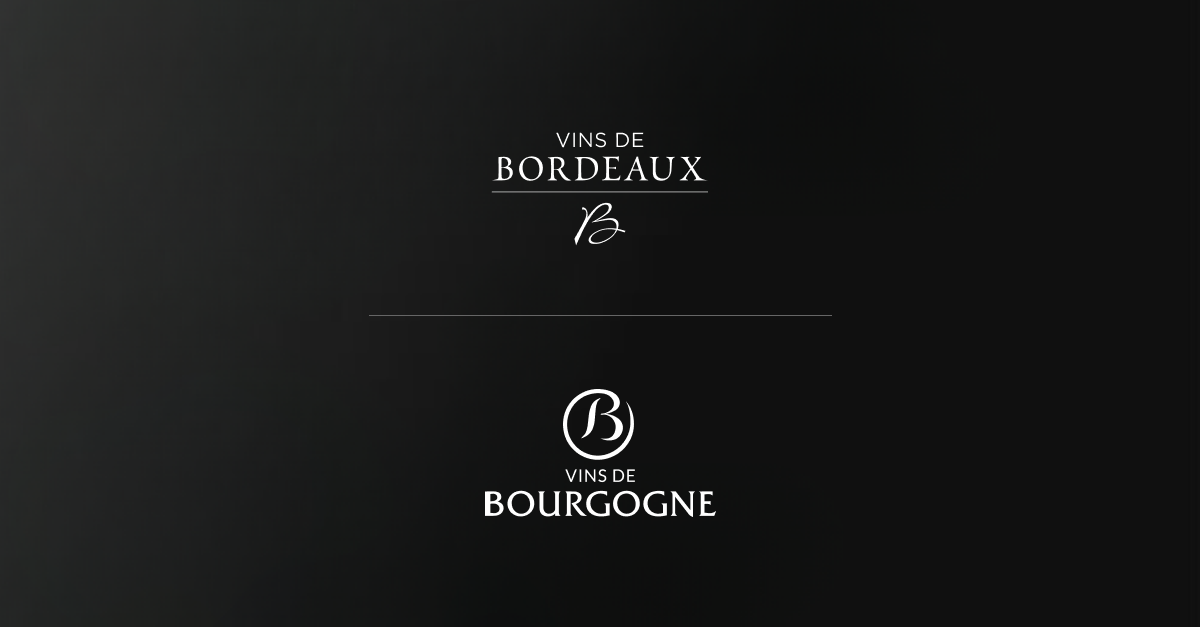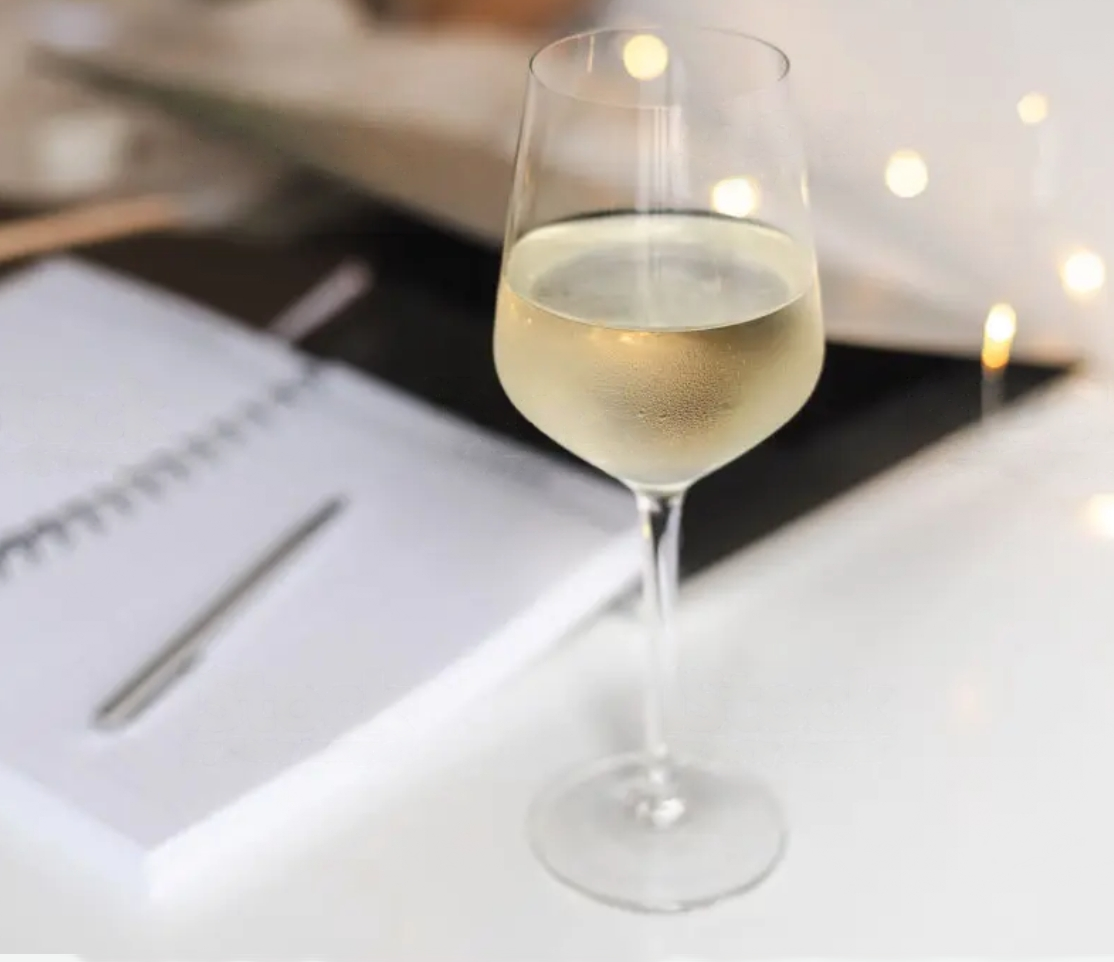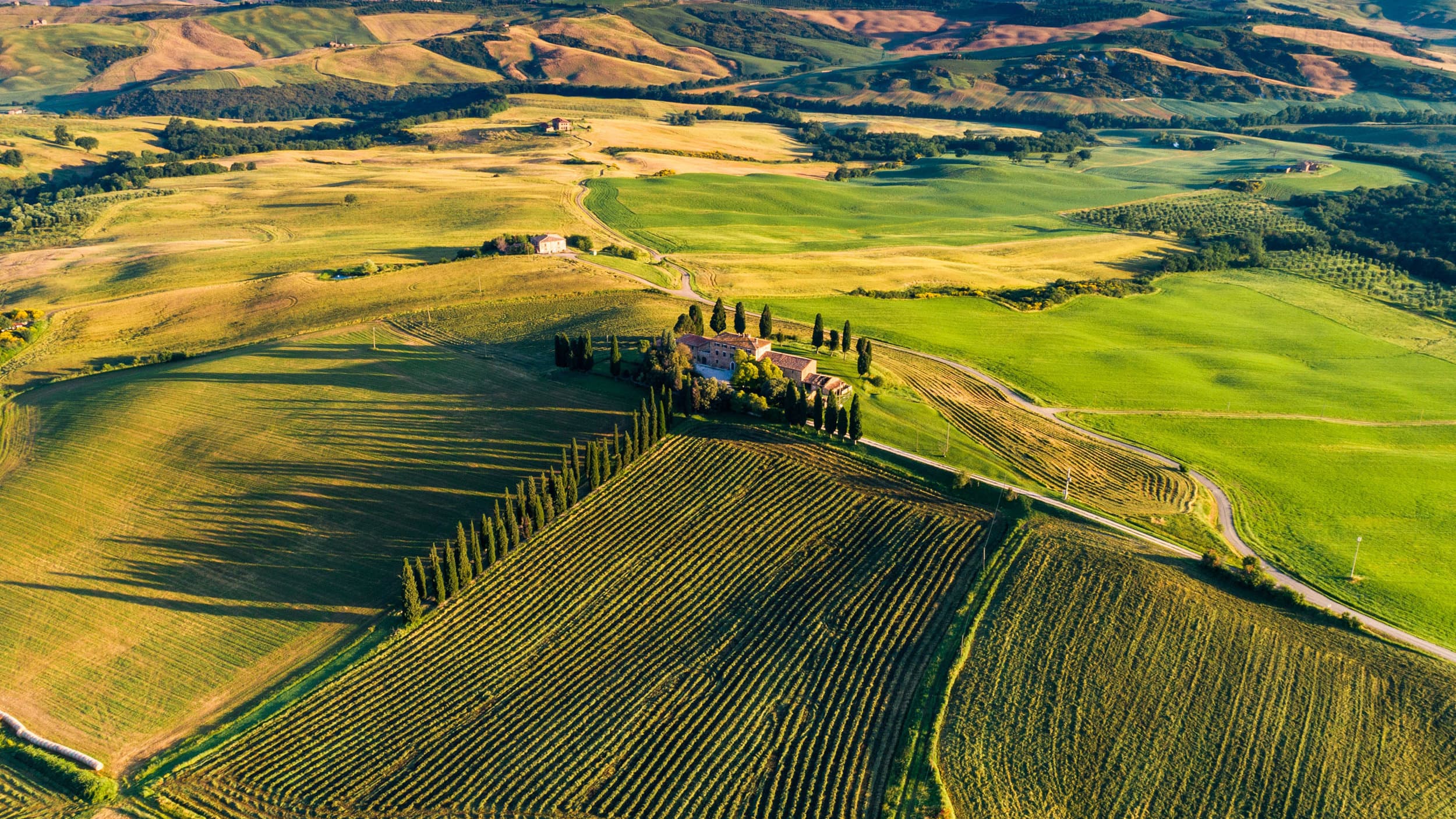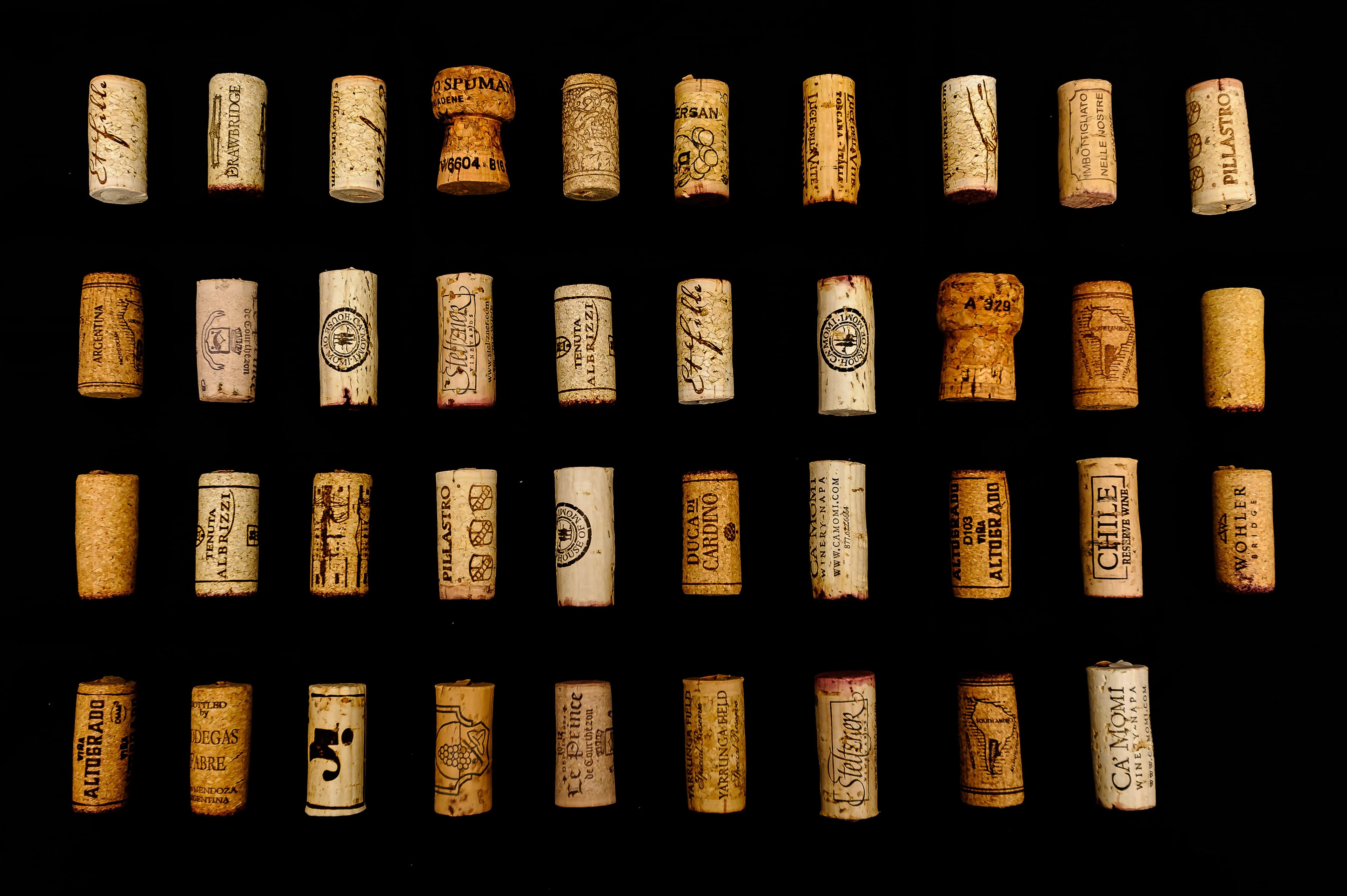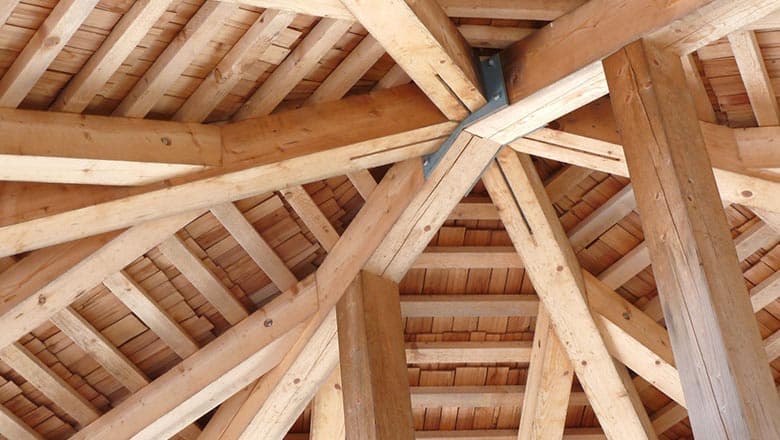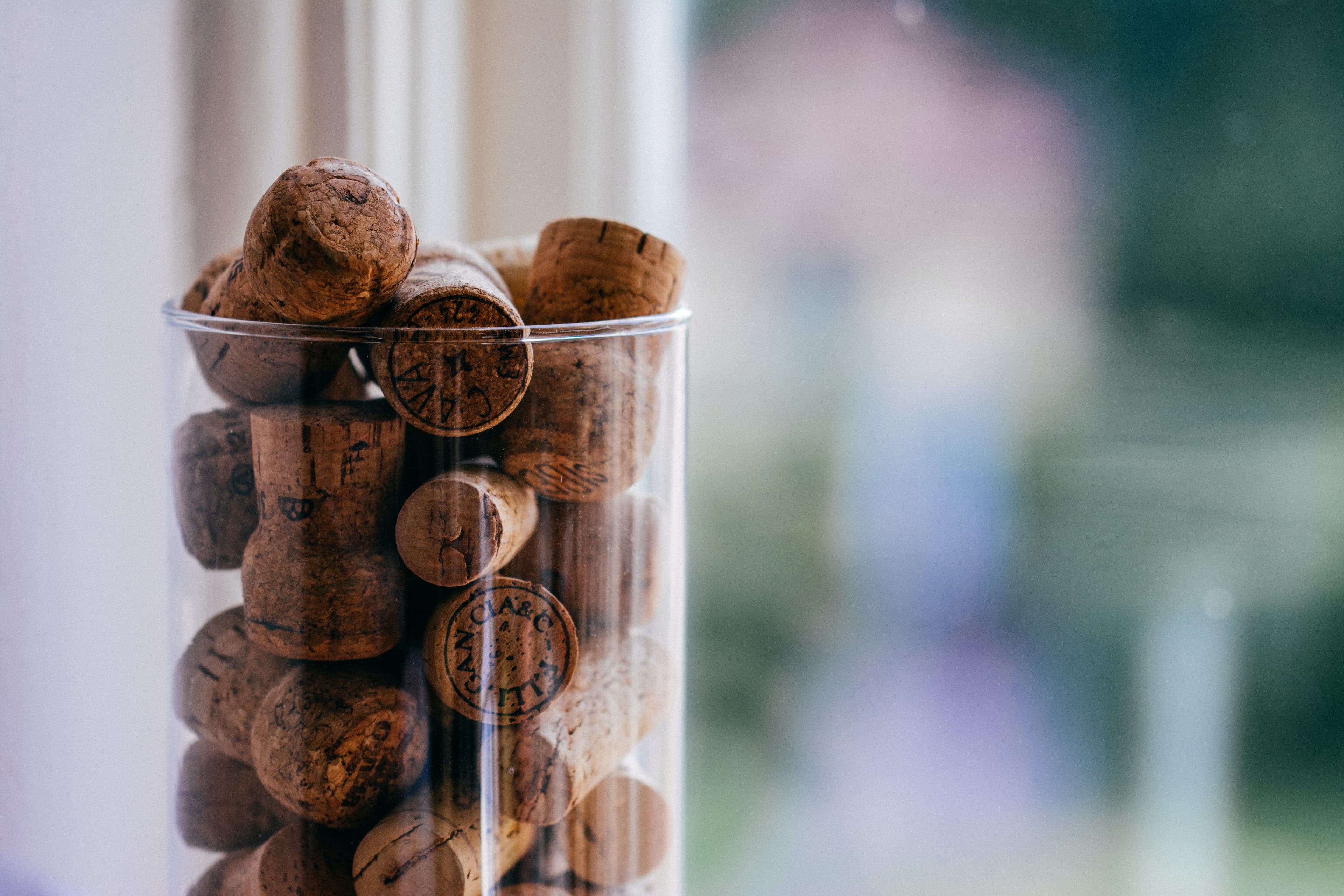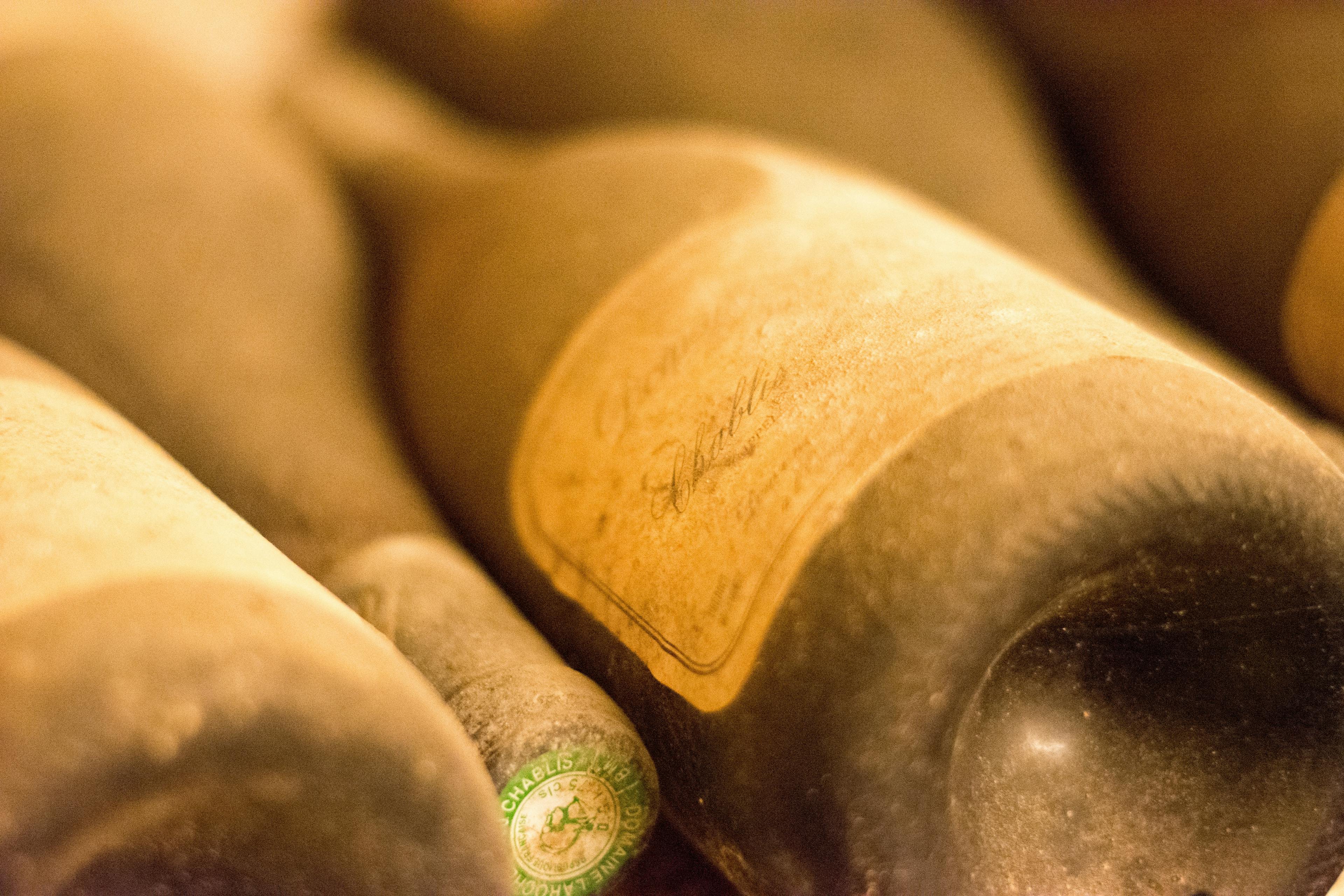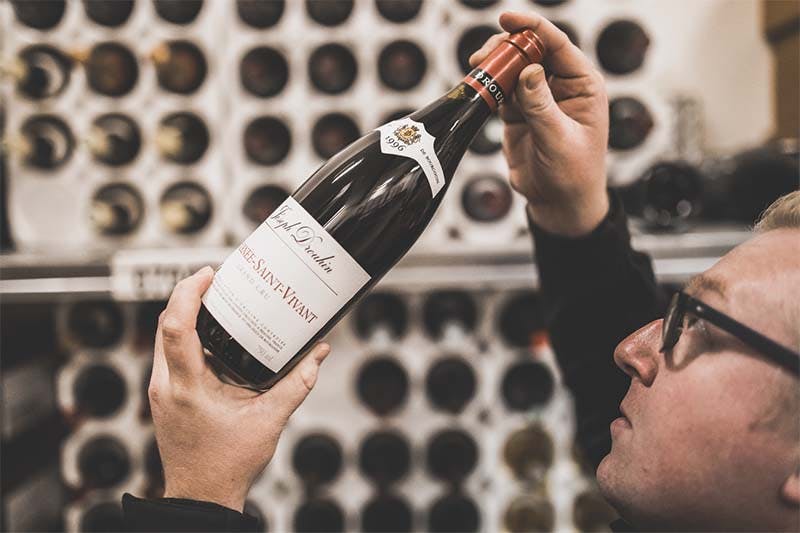How to Properly Serve Domaine Georges Roumier
11 min read
Head of Content

Domaine Georges Roumier, a revered name in the world of fine wines, epitomizes the pinnacle of winemaking excellence. Originating from the heart of Burgundy, France, this winery is renowned for its exquisite Pinot Noir and Chardonnay, which require specific serving methods to fully appreciate their complex profiles. In this guide, we will explore the essential techniques and considerations for presenting and enjoying Domaine Georges Roumier at its best. From the correct temperature to the choice of glassware, every detail matters in unfolding the wine's full aromatic and flavor potential.
Understanding the Ideal Serving Temperature
When serving Domaine Georges Roumier, achieving the ideal temperature is crucial for enhancing its complex flavors and aromas. Typically, red wines from this esteemed winery should be served slightly cooler than room temperature, around 16-18°C (60-65°F). This cooler temperature helps to maintain the wine's delicate balance between acidity and tannins, ensuring that its characteristic elegance is fully appreciated.
For white wines from Domaine Georges Roumier, a slightly chilled temperature of 10-12°C (50-54°F) is recommended. At this range, the crispness and vibrancy of the wine are highlighted, making it a refreshing choice for various occasions.
Red Wines: Serve at 16-18°C to enhance tannin structure
White Wines: Best enjoyed at 10-12°C for optimal freshness
Properly serving these wines at these temperatures can elevate the entire dining experience, especially when paired with the right food pairings. Whether hosting a dinner party or enjoying a quiet evening at home, the right serving temperature makes a significant difference in the enjoyment of Domaine Georges Roumier wines.
Decanting Domaine Georges Roumier: Is it Necessary?
Decanting Domaine Georges Roumier wines often sparks debate among enthusiasts. The necessity of this process largely depends on the specific vintage and wine type. For younger wines, decanting can help aerate the wine, softening tannins and enhancing the overall taste. Older vintages, however, might require careful handling to preserve their delicate structure and aroma.
When considering whether to decant, take into account the following:
Age of the Wine: Older wines generally have more sediment, which decanting can help remove.
Type of Wine: Robust reds with high tannin levels usually benefit more from decanting than lighter, more delicate wines.
Personal Preference: Some wine drinkers prefer the softer flavors that emerge post-decanting, while others might enjoy the vibrant character of a freshly opened bottle.
Ultimately, the decision to decant Domaine Georges Roumier wines should align with your personal preference and the specific characteristics of the wine being served. Experimenting with different approaches can also offer insights into how decanting affects the wine's profile.
Choosing the Right Glassware for Optimal Enjoyment
Selecting the appropriate glassware is crucial for fully appreciating the quality and craftsmanship of Domaine Georges Roumier wines. The shape and size of the glass can significantly influence the wine's aroma and flavor profile. Here are some tips to help you choose the best glassware:
Burgundy Glasses: These are ideal for Domaine Georges Roumier's red wines, particularly the Pinot Noir varieties. The wide bowl allows the wine to aerate, enhancing its complex aromas and flavors.
White Wine Glasses: For the Chardonnay-based whites, a narrower glass is preferable. It focuses the more delicate aromas, directing them straight to the nose.
Universal Glasses: If you prefer a versatile option, select a medium-sized, tulip-shaped glass. It works well for both reds and whites, providing a good balance between exposing the wine to air and concentrating the bouquet.
Using the right glassware ensures that every sip of Domaine Georges Roumier is a testament to its exceptional quality and enhances your overall tasting experience.
The Role of Aeration in Enhancing Flavor
Aeration plays a crucial role in enhancing the flavor of Domaine Georges Roumier wines. When wine is exposed to air, it undergoes oxidation and evaporation. This process helps in softening the tannins and releasing aromatic compounds that are otherwise subdued. For wines like those from Domaine Georges Roumier, which are known for their complexity and depth, aeration allows the subtle nuances and characteristics to become more pronounced.
Decanting Time: Depending on the age and type of the wine, the recommended decanting time can vary. Younger wines might benefit from longer aeration to mellow their robustness, whereas older vintages might need just a brief exposure to preserve their delicate profiles.
Type of Decanter: Using a wide-based decanter increases the surface area of the wine exposed to air, enhancing the aeration process. This is particularly beneficial for full-bodied wines that require more oxygen to open up.
Serving Temperature: Proper aeration is complemented by serving the wine at the right temperature. Cooler temperatures can restrain the evaporation of aromas, while overly warm wine might emphasize alcohol over the finer details.
By understanding these aspects, enthusiasts can fully appreciate the intricate flavors and aromas that Domaine Georges Roumier wines have to offer.
Serving Size Recommendations
When serving Domaine Georges Roumier, it's crucial to consider the appropriate serving size to fully appreciate its complexity and depth. Typically, a standard serving size for red wine, including those from Domaine Georges Roumier, is about 5 ounces (150 ml). This measurement ensures that each guest can enjoy multiple glasses while experiencing the evolution of flavors as the wine breathes in the glass.
Temperature Matters: Serve at 16-18°C (60-65°F) to best release the aromatic qualities of the wine.
Glassware Choice: Opt for a large, bulbous glass to enhance the aromatic profile and allow the wine to oxygenate.
Pouring Technique: Pour gently to avoid disturbing the sediment that might have formed, particularly in older vintages.
Consider Decanting: For more mature bottles, decanting can be beneficial. It allows the wine to separate from any sediment and opens up its flavors.
For more detailed insights, visit facts about Domaine Georges Roumier. This will help ensure that every sip is as rewarding as the winemakers intended.
Pairing with Cheese: Tips and Suggestions
When considering cheese pairings for Domaine Georges Roumier, selecting the right types can enhance both the wine and the cheese. Aged cheeses, such as Gruyère or Comté, are excellent choices. Their nutty and complex flavors harmonize beautifully with the structured and often berry-laden profile of Domaine Georges Roumier wines. For a softer option, Brie or Camembert provides a creamy contrast that complements the wine's depth and acidity.
Blue cheeses should be approached with caution; their strong flavors can sometimes overpower the wine. However, a milder blue like Gorgonzola Dolce strikes a nice balance with the wine's elegance. To ensure the wine maintains its character and bouquet, proper storage is crucial. Learn more about how to store Domaine Georges Roumier to preserve its quality.
Aged Gruyère: Enhances wine's complexity
Comté: Matches the wine's structure
Brie/Camembert: Offers a creamy texture
Gorgonzola Dolce: Balances with mild sharpness
These suggestions aim to create a delightful tasting experience that highlights the nuances of both the wine and the cheeses.
The Importance of Serving Order in Wine Tasting
When hosting a wine tasting that features Domaine Georges Roumier, the sequence in which wines are served can significantly influence the guests' perception and enjoyment. Understanding the history of these wines adds depth to the experience, but the order of presentation is equally crucial. Here are some guidelines to ensure the serving order enhances the tasting:
Start with Lighter Wines: Begin with the lighter, more delicate wines. This usually means serving white wines before reds, and younger wines before older vintages. This progression helps preserve the palate’s sensitivity to subtler flavors and aromas.
Progress to Complex Reds: After whites, introduce red wines, starting with those that are less tannic and lighter in body. Gradually move towards full-bodied, highly tannic wines, such as older vintages of Domaine Georges Roumier which are known for their complexity and depth.
Finish with Special Bottles: If you have any special bottles or vintages, such as a Grand Cru, these should be presented last. Their robust profiles and intricate layers are best appreciated after the palate has been primed by preceding wines.
This structured approach ensures each wine is appreciated to its fullest, making the tasting a memorable journey through the nuances of Domaine Georges Roumier’s offerings.
How to Handle Older Vintages of Domaine Georges Roumier
Handling older vintages of Domaine Georges Roumier requires a delicate touch and an understanding of the wine's maturity. These esteemed bottles, often reaching their peak after decades, should be treated with utmost care to preserve their intricate flavors and aromas. When preparing to serve an older vintage, consider the following steps:
Temperature Control: Ensure the wine is at the ideal serving temperature, typically around 12-16°C for reds. This enhances the wine's complex characteristics without overpowering its subtlety.
Decanting: Older vintages often benefit from decanting to separate any sediment that has formed over the years. This process also allows the wine to breathe, opening up its full bouquet.
Glassware: Use appropriate glassware that complements the wine's age and profile. A larger bowl helps aerate the wine and deliver a richer sensory experience.
Pouring: Pour gently to avoid disturbing the sediment. This ensures a clear, pure taste.
Timing: Once opened and decanted, older wines should be consumed within a few hours. Prolonged exposure to air can lead to rapid deterioration of the wine's quality.
For more detailed guidance on enjoying older vintages of Domaine Georges Roumier, consider these tips to maximize your tasting experience.
Preparing for a Wine Tasting Event
When preparing for a wine tasting event featuring Domaine Georges Roumier, it's essential to consider several key aspects to enhance the experience. First, ensure that the tasting environment is conducive to focusing on the wine's qualities. A quiet, well-lit room without strong odors is ideal. Temperature control is crucial; the room should be cool to keep the wines at their best.
Next, the glassware must be appropriate. Use clear, stemware glasses that are clean and free from any residues or odors that could interfere with the wine's natural aromas. Each guest should have a separate glass for each wine to avoid mixing flavors.
Provide palate cleansers such as plain bread or unsalted crackers. These help in neutralizing the taste buds between different wines. Additionally, having water available for guests is necessary to stay hydrated and cleanse the palate.
Finally, include a selection of popular vintages from Domaine Georges Roumier. This will not only impress your guests but also provide a memorable exploration of the winery's finest offerings. Ensure that each vintage is correctly labeled and accompanied by a brief description to enrich the guests' understanding and appreciation.
Common Mistakes to Avoid When Serving Wine
When serving Domaine Georges Roumier, or any fine wine, certain common mistakes should be avoided to fully appreciate its quality and complexity.
Serving Temperature: Often overlooked, the temperature at which wine is served can drastically affect its taste and aroma. Red wines like Domaine Georges Roumier should typically be served slightly below room temperature, around 16-18°C (60-65°F). Serving it too warm can make the alcohol overly dominant, while too cold can mute its flavors.
Decanting Time: Decanting is crucial for allowing the wine to breathe and open up its aromatic profile. However, excessive decanting can lead to oxidation, which diminishes the wine's flavors. Typically, decanting Domaine Georges Roumier for about 30 to 60 minutes before serving is sufficient.
Glassware: Using the wrong type of glass can also impact the wine tasting experience. For red wines, larger glasses with a wide bowl are preferable as they allow the wine to aerate better and develop more complex aromas.
Filling the Glass: Pouring too much wine into the glass at once can overwhelm the senses and make it difficult to swirl and release the aromas. It is advisable to fill the glass only about one-third full.
By avoiding these common errors, the serving experience of Domaine Georges Roumier can be significantly enhanced, allowing the wine's true essence to shine through.
Conclusion
In conclusion, serving Domaine Georges Roumier wines at their best involves a delicate balance of proper storage, timely decanting, and precise temperature control. By adhering to these guidelines, you ensure that each bottle opens up to reveal its full spectrum of aromas and flavors, providing an exquisite tasting experience. At Rekolt, we understand the importance of these details, which is why we offer specialized services to enhance your wine enjoyment.
Our professional cellar storage option is particularly beneficial for collectors and enthusiasts of fine wines like Domaine Georges Roumier. By choosing to store your wines with us, you not only ensure that they are kept in optimal conditions, but you also gain the flexibility to resell and trade with ease. This service is designed to maintain the perfect environment for aging wines, with controlled temperature, humidity, and minimal light exposure, all of which are crucial for preserving the wine's quality and complexity over time.
Whether you are planning to enjoy your wine now or invest in its future potential, Rekolt provides a seamless solution that caters to both immediate consumption and long-term investment. By entrusting us with your wine storage, you can rest assured that your fine wines will be served in their best condition, whenever you choose to uncork them.
Share this article
